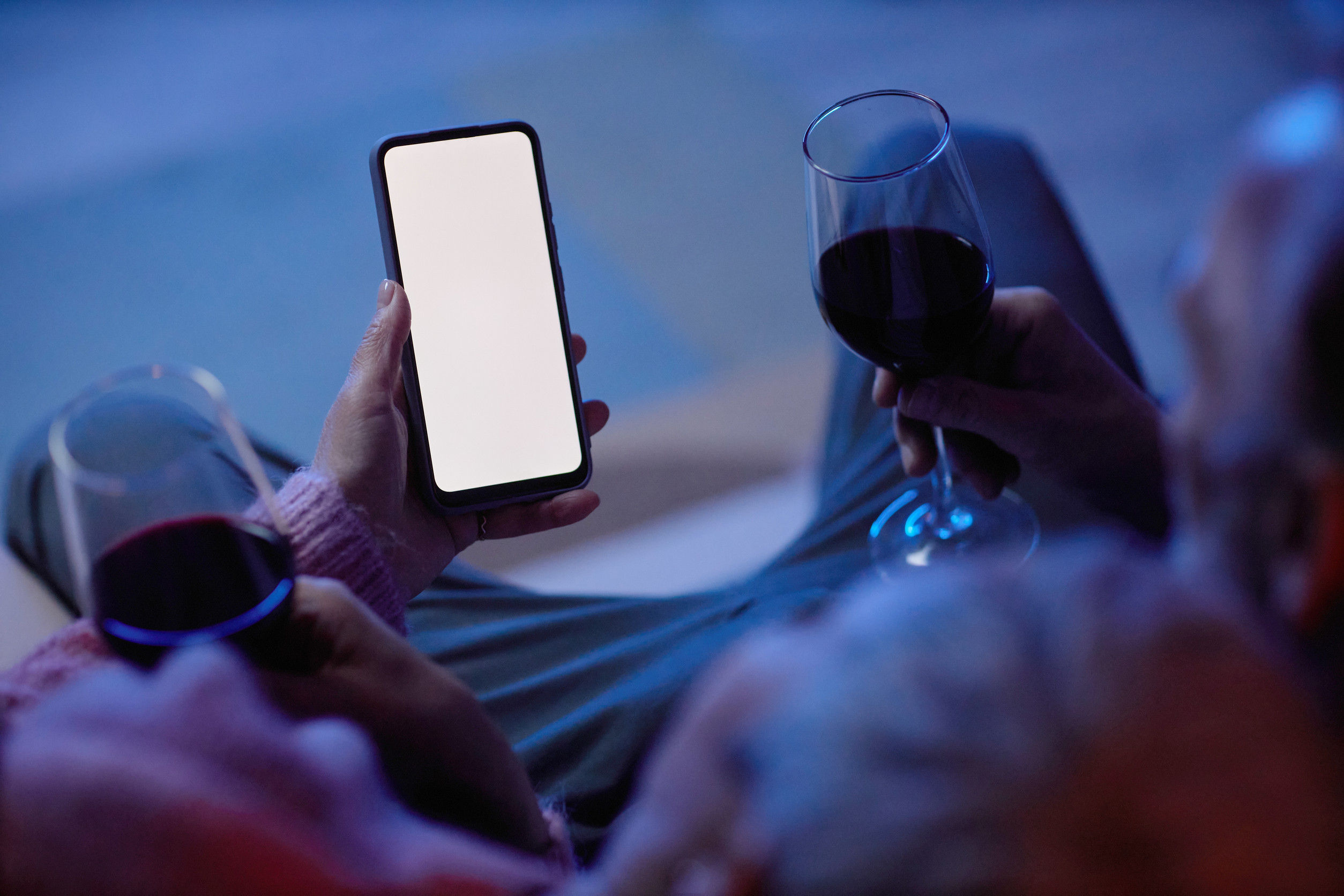In a world dominated by glowing screens, many couples are finding their most meaningful connections not with each other, but with devices. The small moments once shared over morning coffee or quiet evenings have been replaced by scrolling, swiping, and digital distractions.
This subtle shift has made it increasingly difficult for spouses to feel seen, heard, or emotionally fulfilled. Even when couples are physically present, their minds are often far away—trapped in the endless loops of content consumption. The erosion of these everyday moments creates a slow but steady drift between partners.
Conversations Replaced by Notifications
Digital interruptions have become the background noise of modern marriage. A conversation about the day’s struggles is easily sidelined by the buzz of a new email or the ping of a social media update. Over time, this constant intrusion changes how couples engage, making their interactions shallow and fragmented. Attention, once a precious gift given freely to each other, is now a contested resource. Marriages suffer when screens get more eye contact than the people meant to matter most.
The Myth of “Together Time” in the Digital Age
Streaming a show side by side on the couch may feel like quality time, but it rarely fosters emotional connection. Couples often confuse proximity with presence, assuming that sharing a screen equates to sharing a moment. In reality, these passive forms of bonding do little to deepen emotional intimacy or mutual understanding. Marital joy depends on active engagement—talking, laughing, touching, and truly listening. Without those elements, together time becomes little more than coordinated isolation.
The Displacement of Affection
Affection in marriage once took the form of handwritten notes, surprise dinners, or spontaneous hugs. Today, those gestures are often replaced with emojis, likes, or a well-timed GIF. Digital affection may feel efficient, but it lacks the depth and texture of real-life gestures. This shift dilutes the emotional currency of a relationship, making love feel more performative than personal. When physical touch and meaningful words are displaced by digital stand-ins, the emotional fabric of a marriage begins to fray.
Unrealistic Expectations from Curated Lives
Social media feeds are often filled with idealized portrayals of relationships—sunset walks, grand romantic gestures, perfectly curated anniversary tributes. While these posts may seem harmless, they can breed silent dissatisfaction in real marriages. Comparing an unfiltered reality to someone else’s highlight reel sets an impossible standard. Spouses may begin to question their own relationship’s worth simply because it lacks the polish of others’ digital lives. This quiet comparison game undermines appreciation and breeds resentment.
The Disconnection of Shared Purpose
Couples thrive when they work together toward common goals—building a home, raising children, supporting dreams. But when both partners are locked into separate digital worlds, this shared sense of purpose begins to dissolve. Rather than collaborating, couples may find themselves coexisting in parallel realities. Over time, this disconnect can erode not just marital satisfaction, but the very foundation of partnership. A marriage without mutual direction becomes vulnerable to miscommunication, neglect, and emotional withdrawal.
Emotional Labor in a Digitally Distracted World
In many marriages, one partner ends up carrying the emotional weight of keeping the relationship afloat. When the other is constantly distracted by screens, small but meaningful responsibilities—checking in emotionally, planning quality time, noticing stress—can fall to just one person. This imbalance creates feelings of frustration and loneliness, even resentment.
Emotional labor should be shared, but screens have made it easier to tune out rather than tune in. Without deliberate effort from both spouses, emotional exhaustion becomes inevitable.
Sexual Intimacy and the Digital Wall
Sexual connection is one of the most vulnerable and powerful parts of a marriage, yet it often suffers the most in screen-saturated homes. The dopamine rush offered by endless content can dull the appetite for physical affection. Couples may find that late-night scrolling replaces the very moments where intimacy could have flourished. When screens dominate the bedroom, desire quietly dims and connection falters. Over time, this creates a chasm that is far harder to bridge than most expect.
Children, Screens, and the Shifting Dynamic
For couples with children, the impact of screen culture often ripples even further. Parents are not just negotiating their own screen time but managing that of their kids, often under stress and fatigue. Instead of family dinners or evening chats, screens dominate the household rhythm, reducing opportunities for shared bonding. As parents turn their attention to digital devices for escapism or distraction, they may neglect both their partner and their parenting roles. This dynamic can further strain the marital bond and the home environment as a whole.
Rediscovering Connection in a Screen-Obsessed World
All is not lost—but reconnection requires intention. Couples must be willing to unplug, not just from their devices, but from the habits that have slowly replaced real connection. It means creating screen-free zones or times, investing in face-to-face communication, and prioritizing emotional presence. Rebuilding marital joy in the digital age isn’t about rejecting technology entirely, but about reclaiming what matters most. Connection, affection, laughter, and love cannot be downloaded—they must be lived.
What are your thoughts on how screen culture is impacting relationships? Have you seen this in your own life or with others you know? Share a comment and join the conversation.
Read More
7 Destructive Relationship Patterns No One Wants to Admit They Have
These 6 Unhealthy Bedtime Routines Will Keep You Awake At Night


